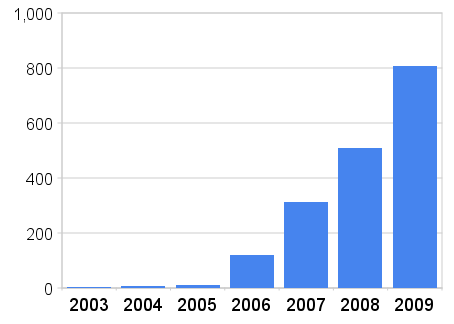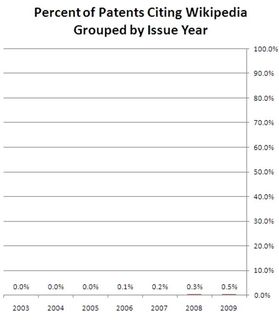Centillion Data Systems, LLC v. Quest Corp., Appeal No. 2010-1110 (Fed. Cir. 2010)(now on appeal).
Centillon’s patent No. 5,287,270 covers a system used to present user-specified pre-processed summary reports of billing information. In 2004, Centillon sued Qwest for infringement – arguing that the communications company offered this type of functionality to its customers. (LOGIC, eBill Companion, and Insite). The major problem with Centillon’s claims is that they require activity on both a system computer and a customer’s personal computer. This is a situation often termed divided-infringement.
Section 271 of the Patent Act creates a cause of action for unauthorized “use” of a patented invention. Centillon argued that Qwest used its invention by offering the service to its customers. However, in a 2009 ruling, the district court held that Qwest could not be liable because the company did not use each and every element of the asserted claims. Rather, some of the elements of the system were used only by Qwest customers.
In NTP v. RIM, 418 F.3d 1282 (Fed. Cir. 2005), the Federal Circuit broadly defined “use” of a patented system to focus on control and beneficial use of the system as a whole. Although that case defined use within the context of determining whether a system was used “within the United States” the district court found that a similar definition applies when determining whether a single entity used the invention. However, instead of looking at use of the system as a whole, the district court felt bound to consider “use” on an element-by-element basis. Thus:
[A] party is liable for direct infringement for the “use” of a system claim under § 271(a) if it, by itself or in combination with a third party directed by it, put each and every element of the system claim into service, i.e. exercised control over, and benefited from, the application of each and every element of the system claim.
A real trick in divided-infringement situations is that an accused infringer’s actions of intentionally inducing another party to use some of the elements will not create a cause of action for infringement unless the accused infringer is shown to have control over the use of each element.
Centillion submits that the accused systems satisfy the ‘270 patent’s limitation “said personal computer data processing means being adapted to perform additional processing” because the e-Bill client application, for example, is designed to adapt the customers’ personal computers, the customers download the application following Qwest’s instructions and user guide, and the customers “further manipulate” the billing data they receive from Qwest. However, as the Court noted earlier, as a general rule, to hold Qwest liable for direct infringement Centillion must demonstrate that Qwest, by itself, practiced each and every limitation of the system claim. Here, however, Qwest relies on its customers to satisfy this limitation. Although the eBill client application may have been designed to adapt the customer’s personal computer, the designated evidence demonstrates that it does not actually adapt the customers computer until the customer executes the application. Moreover, Qwest does not control whether its customers load the Logic or eBill Companion client applications on their personal computers. . . . Centillion admits Qwest’s customers are not obligated or contractually bound to perform additional processing on individual transaction records provided by Qwest. Rather, Qwest’s customers independently determine whether or not to perform additional processing on individual transaction records by Qwest. Moreover, Qwest does not control whether its customers load the Logic or eBill Companion client applications on their personal computers. Therefore, the Court concludes that Centillion has failed to raise genuine issues of material fact regarding whether Qwest directly infringed independent claims 1 and 8, and dependent claims 10 and 46.
From a practical standpoint, the baseline solution to this problem is to properly draft patent claims to ensure that the claims focus on the operations of a single entity. Here, however, the crux of the invention was way that data from the server was communicated to the PC. The most natural way to describe the invention is to include both of those elements in the claim.
The appeal is now pending although no briefs have been filed yet. On appeal, the Federal Circuit should hold that the district court too narrowly focused its agency doctrine analysis. The courts have never held that strict control over a third-party’s actions is necessary. This case is similar to ones where the actions of doctors & patients have been conflated and the court then determined whether the combined actions constituted infringement. See, for example, Eli Lilly and Co. v. Actavis Elizabeth LLC, — F.Supp.2d —-, 2009 WL 5159650 (D.N.J. 2009)(“The actions of the doctors and patients will be treated together, and will be considered a directly infringing act.”); AstraZeneca LP v. Apotex, Inc., 623 F.Supp.2d 579, 598-600 (D.N.J.2009); Alza Corp. v. Andrx Pharms., LLC, 607 F.Supp.2d 614, 623 (D.Del.2009)
Notes:
-
Read more about this case at
PaTracer (where I originally learned of the case).
-
-
-
A reexamination of the asserted patent was requested by Quest and granted by the PTO. However, after a full reexamination, the PTO confirmed the patentability of all 85 claims in the patent. (Ex. Parte Reexamination Certificate No. 7267).

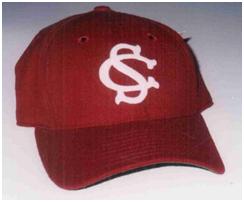

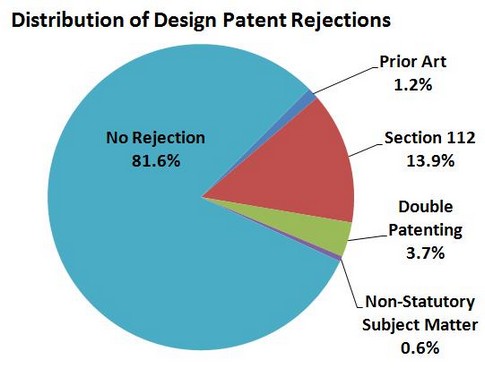
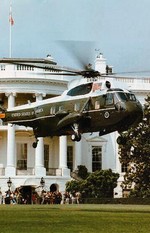 Quoted: President Obama to the Forum on Moderninzing Government:
Quoted: President Obama to the Forum on Moderninzing Government: 
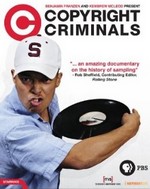 New on NBC: “Kindreds,” created by Emmy Award winner David E. Kelley (“Boston Legal,” “The Practice,” “L.A. Law”), follows a curmudgeonly ex-patent lawyer and his group of misfit associates as their lives come together to form an unconventional kind of law practice. The series is from Warner Bros. Television and David E. Kelley Productions. Kelley is the writer and executive producer.
New on NBC: “Kindreds,” created by Emmy Award winner David E. Kelley (“Boston Legal,” “The Practice,” “L.A. Law”), follows a curmudgeonly ex-patent lawyer and his group of misfit associates as their lives come together to form an unconventional kind of law practice. The series is from Warner Bros. Television and David E. Kelley Productions. Kelley is the writer and executive producer.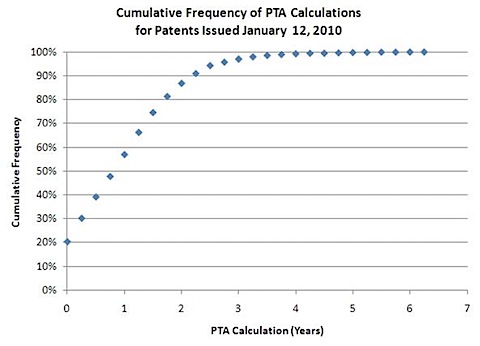
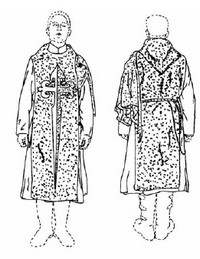 The Foundation for a Christian Civilization, Inc. v. Mary Queen of the Third Millennium, Inc. (Fed. Cir. 2010)
The Foundation for a Christian Civilization, Inc. v. Mary Queen of the Third Millennium, Inc. (Fed. Cir. 2010)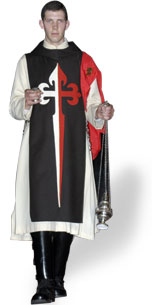 According to my source (Wikipedia), the Foundation is an alternate name for the American Society for the Defense of Tradition, Family and Property — “an organization of Roman Catholic Inspiration” that “opposes liberal and egalitarian ideas, policies, and trends.” The Foundation traditionally funded a Catholic counterrevolution against communism. Mary Queen of the Third Millennium is part of the a Vatical recognized “private association of Christ’s faithful.”
According to my source (Wikipedia), the Foundation is an alternate name for the American Society for the Defense of Tradition, Family and Property — “an organization of Roman Catholic Inspiration” that “opposes liberal and egalitarian ideas, policies, and trends.” The Foundation traditionally funded a Catholic counterrevolution against communism. Mary Queen of the Third Millennium is part of the a Vatical recognized “private association of Christ’s faithful.”
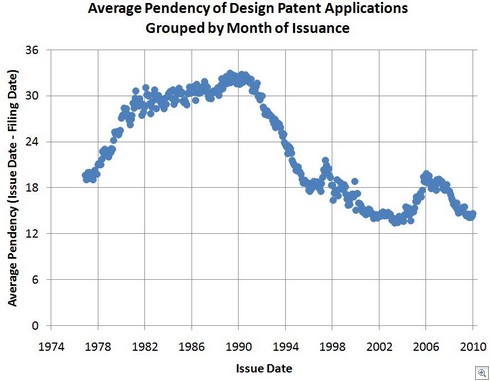

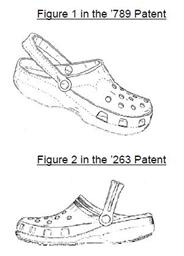 International Seaway Trading Corp v. Walgreens Corp (Fed. Cir. 2009)
International Seaway Trading Corp v. Walgreens Corp (Fed. Cir. 2009) 
